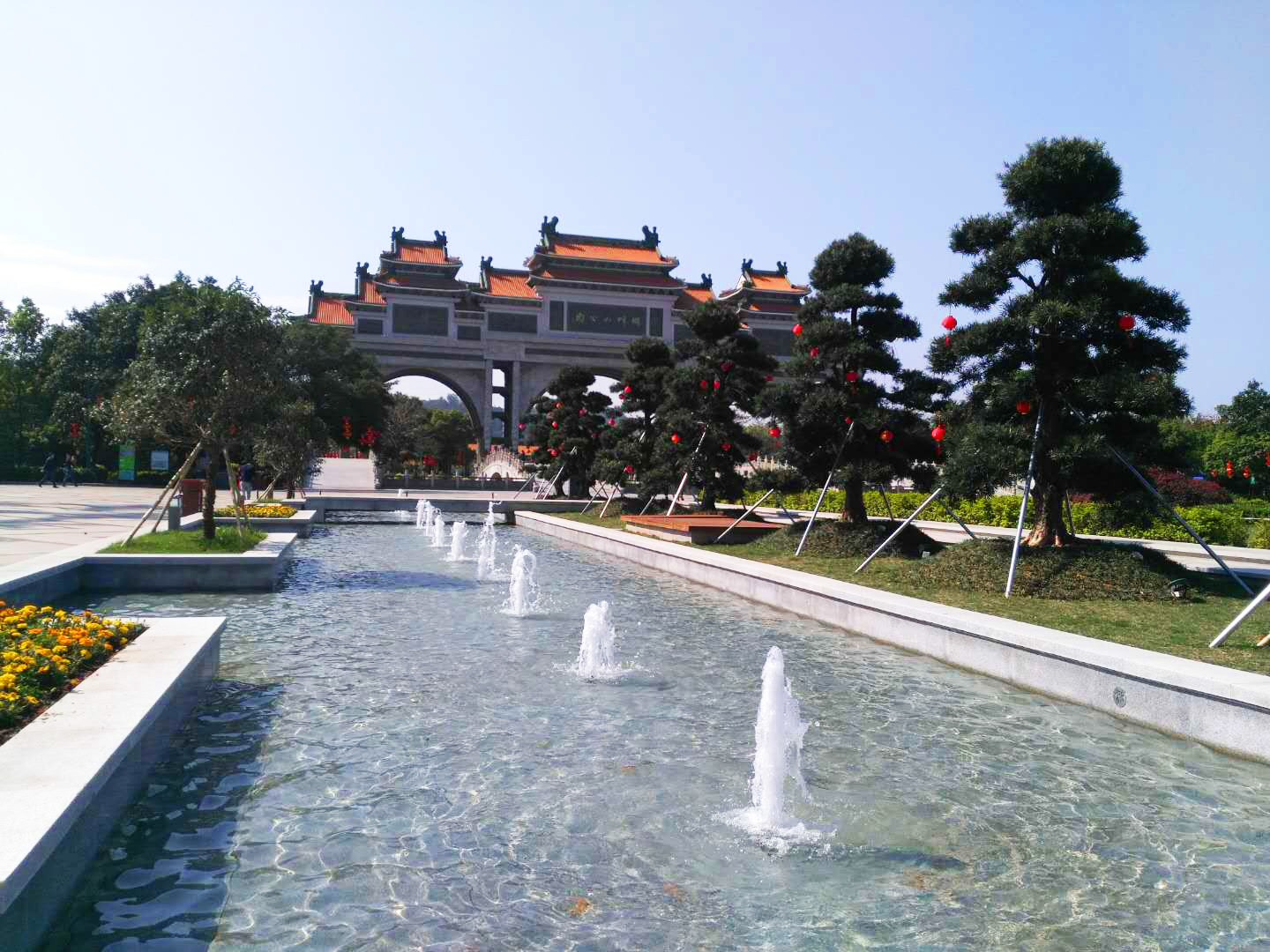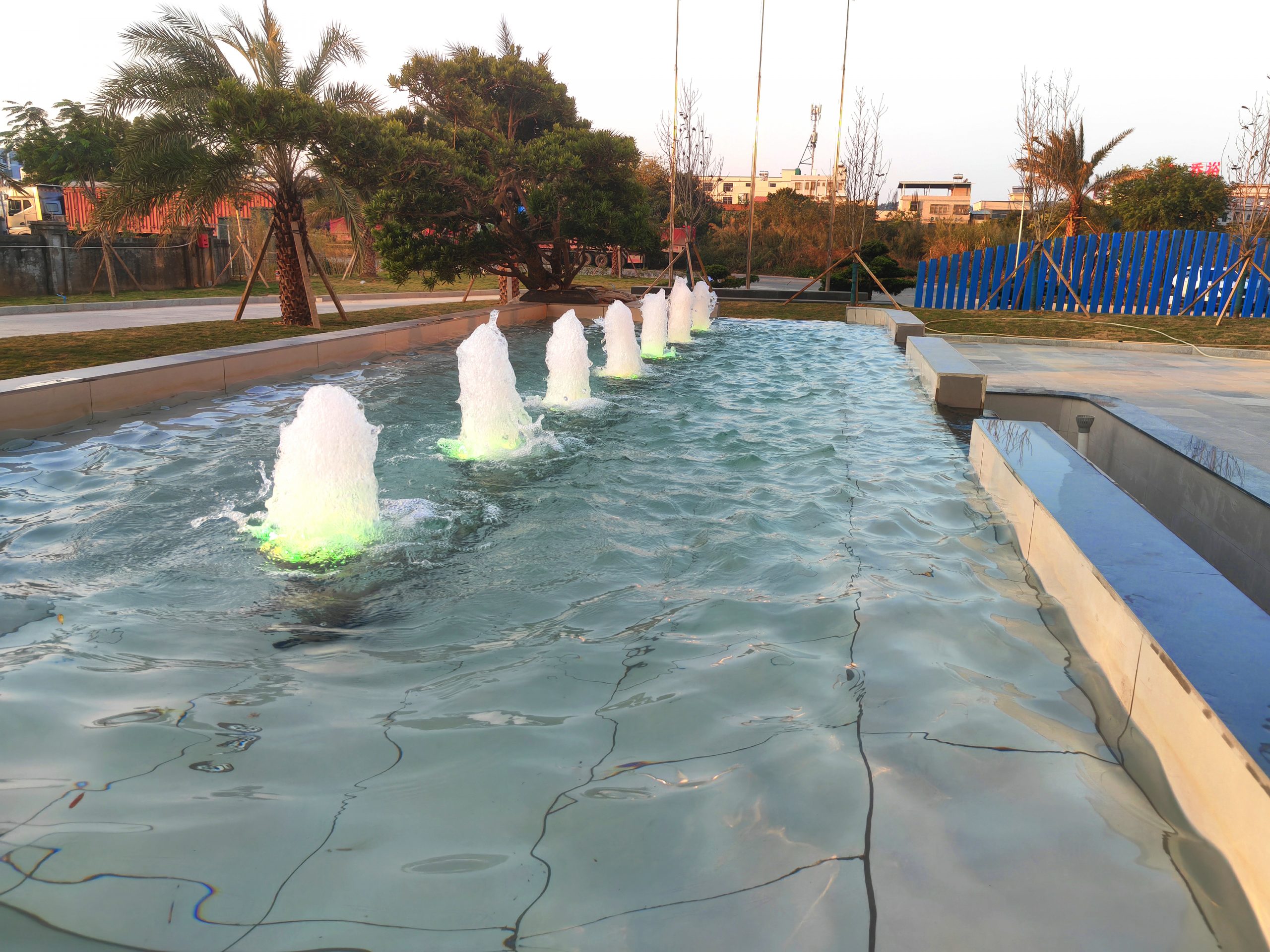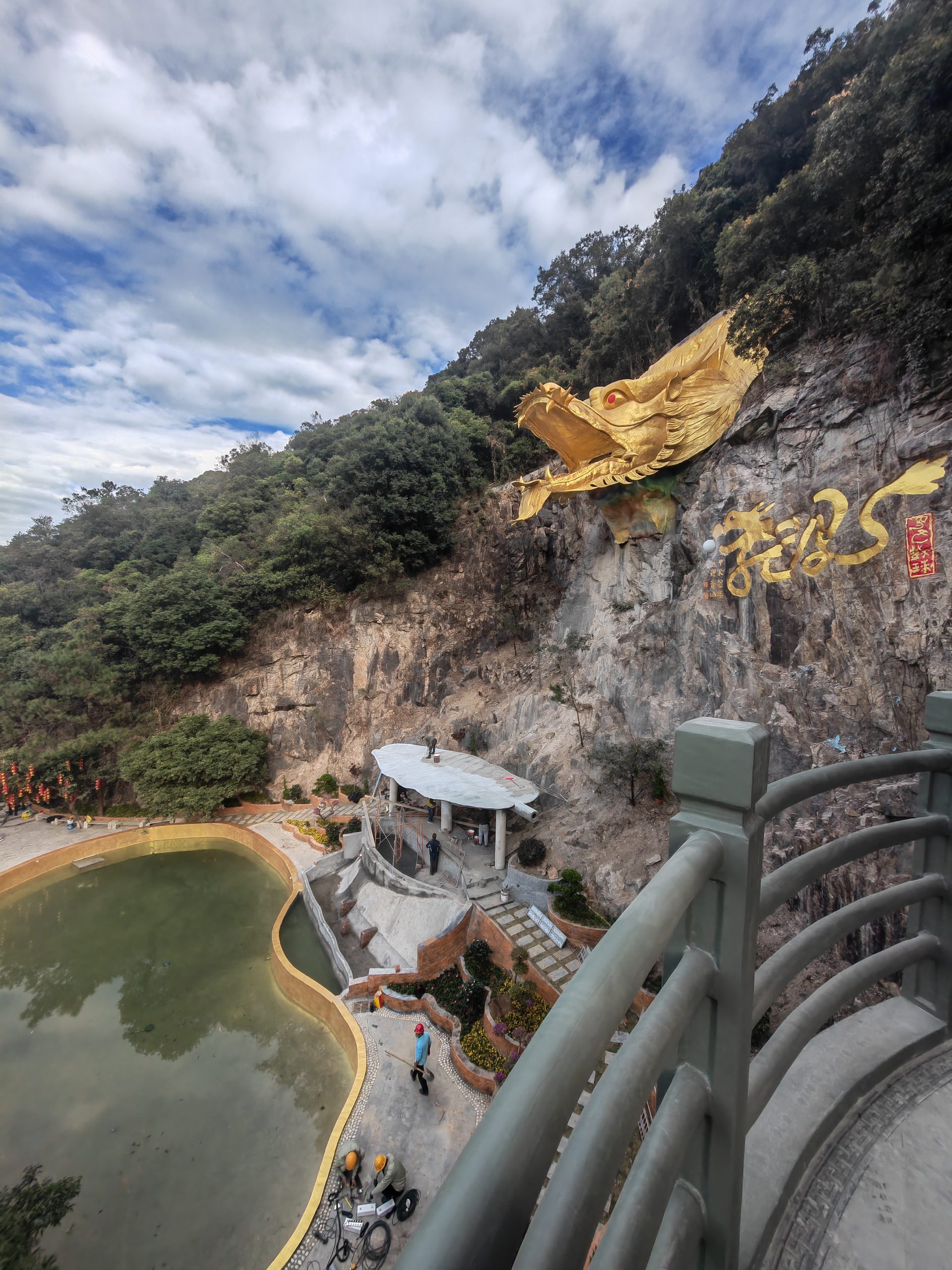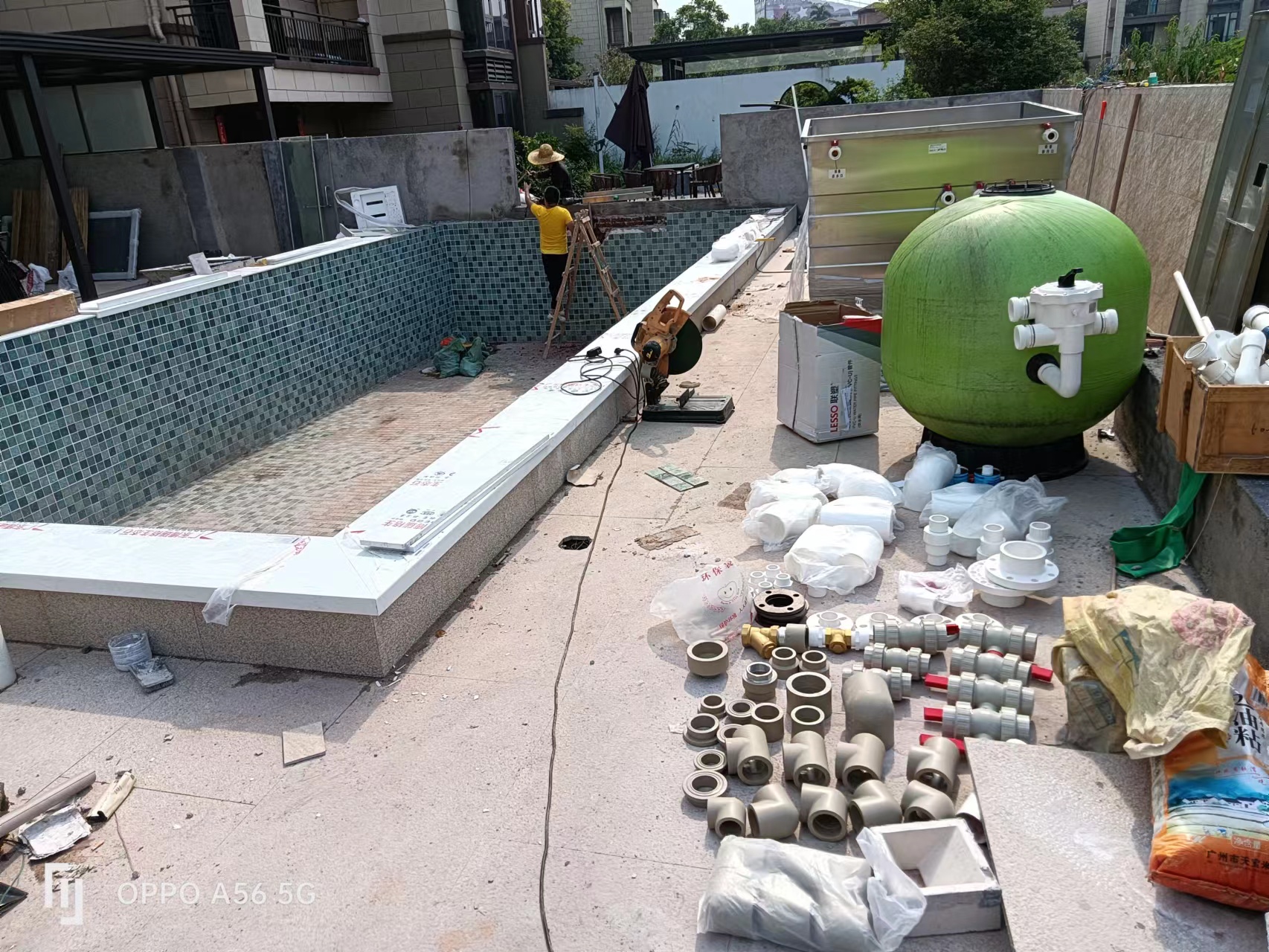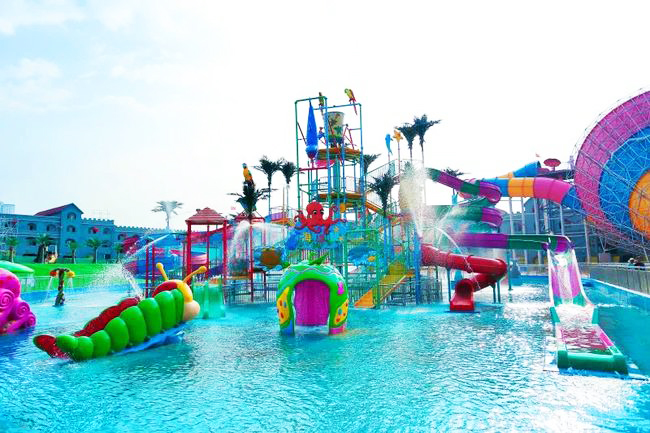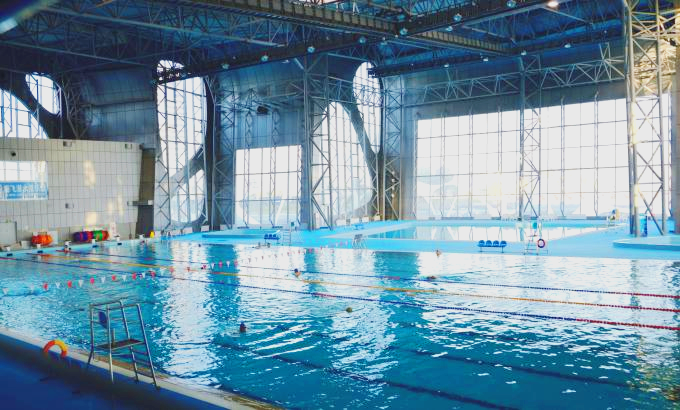News Center
contact details
 Ollies (Guangzhou) Recreation and Sports Equipment Co.
Ollies (Guangzhou) Recreation and Sports Equipment Co.Tel: (020) 82686289
Fax: 020-82694853
Headquarter: No.31-37, Xincun 2 Road, Shangjiang North Street, Dongzhou Village, Xintang Town, Zengcheng City, Guangzhou, Guangdong, China
Ministry of Ecology and Environment Releases Scoring Rules for Water Ecology Assessment Indicators in the Yangtze River Basin (for Trial Implementation)
Water is the source of life and the core link of the ecosystem. In recent years, with the intensification of global climate change and the deepening of the impact of human activities, water ecosystems have been facing multiple challenges, such as increased pollution, biodiversity degradation and water scarcity. As a large country with uneven distribution of water resources, China has always placed water ecology protection at the core of ecological civilization construction, and has promoted the deepening of the governance model from "end control" to "source restoration" through institutional innovation, scientific and technological empowerment, cross-regional collaboration and other diversified means. The current situation is that the Yangtze River and the Yellow River are the most important areas of the country. Currently, the water ecological assessment system represented by the Yangtze River, Yellow River and other key watersheds has been gradually improved, recycled water recycling technology breakthroughs are frequent, and the public ecological awareness has been significantly improved, but the problems of compound pollution and insufficient ecological water replenishment still need to be tackled. This paper combs through the recent water ecological environment dynamics, summarizes the practical experience, and provides reference for building a sustainable development path of human-water harmony.
I. Progress in technology application and ecological restoration
-
Water ecology assessment of the Yangtze River Basin deepens
The Ministry of Ecology and Environment released the Scoring Rules for Water Ecology Assessment Indicators of the Yangtze River Basin (for Trial Implementation), which for the first time incorporates aquatic biological integrity and water conservation capacity into the assessment system, and promotes the stable improvement of the water quality of the Yangtze River mainstem and its major tributaries.
Huangshi City, Hubei Province, through the "drone + ground inspection" three-dimensional monitoring network lake, completed more than 200 times of water quality monitoring, biodiversity assessment of 22 times, prompting the net lake water quality from inferior class V to Ⅳ. -
Recycled Water Recycling Breakthrough
Gansu Province in six water-scarce cities to promote recycled water recycling chain, recycled water utilization rate of 23%, and the completion of 18 "long-term clean" black stinking water landscape, become a public recreational space.
II. Regional governance and synergistic protection
- Transboundary river governance::
- The two provinces of Yunnan and Guizhou have jointly managed the Huangnian River, realizing that the water quality has reached the Class II standard for three consecutive years through the establishment of a mechanism of inter-provincial joint meetings of river chiefs;
- Jieyang, Guangdong relies on the construction of Rongjiang Happy River and Lake, and develops the Nanxi water system tourism line, which attracts more than 700,000 tourists annually and drives more than 3,000 jobs.
- Priority actions in the Yellow River Basin::
Gansu Province to promote the Yellow River Basin "3 +1" comprehensive pollution management (industrial, domestic, agricultural and tailing ponds), remediation of river outfalls 5607, the Yellow River Basin, Gansu section of the water quality of 97.56%, ranking third among the nine provinces and regions along the Yellow River.
III. Institutional innovation and policy support
- Well-established regulatory system
The State has issued the Action Program for the Yellow River Ecological Protection and Governance and the Key Basin Water Ecological Environment Protection Plan, clarifying the watershed zoning control strategy and strengthening the goal of ecological flow protection. - Regulatory capacity enhancement
Liaoning, Hubei and other places have implemented closed-loop management of "investigation-monitoring-traceability-remediation" of river outfalls, utilizing intelligent monitoring equipment to track industrial wastewater discharges in real time, and penalizing 64 non-compliant enterprises.
IV. Public participation and popularization of science initiatives
- Environmental Science Enhancement:: Awareness-raising campaigns on water environment issues have been carried out in many places, focusing on popularizing cross-cutting ecological risks such as pollution of water bodies and shrinking rivers and lakes, and guiding the public to reduce the amount of garbage going into rivers and the scientific use of fertilizers;
- Industrial Transformation Practice: Huangshi City has implemented a fishermen transfer and resettlement program to promote the development of ecological fisheries in the net lake, and simultaneously cultivate green industries such as bighead carp farming and ecological research and study.
V. Current challenges and directions for response
- Complex Pollution Control: Heavy metals in industrial wastewater and domestic wastewater organic superimposed pollution problems are prominent, and need to strengthen the upgrading of wastewater treatment facilities in industrial parks (the compliance rate of 100% is the near-term goal);
- Ecological recharge needs: Some rivers in the north have been cut off as a result of reduced natural runoff, and Gansu, Shanxi and other places have enhanced the self-purification capacity of water bodies by transferring water through electric drainage stations and returning water to lakes.
The management of water ecosystems and environments is a long-lasting battle for the survival of civilization. From the ecological rebirth of Suzhou Creek to the collaborative management of the Yellow River Basin, from the mechanism innovation of the "river chief system" to the wide application of recycled water technology, China is reshaping the symbiotic relationship between water and people, and between water and the city with systematic thinking. However, the risk of northern river outflow, rainwater and sewage mixing and other challenges still warn us: ecological restoration can not stop at short-term results, the need for institutional safeguards, technological innovation, public participation and other areas of sustained in-depth cultivation. In the future, only by adhering to the integrated management of "mountains, water, forests, fields, lakes, grasses and sands", and promoting the deep integration of green industry and ecological protection, can we truly realize the vision of "clear water, green shores, and fish flying in the shallow bottom", and contribute China's wisdom to global water ecological security.
Related content
- Ministry of Ecology and Environment Releases Scoring Rules for Water Ecology Assessment Indicators in the Yangtze River Basin (for Trial Implementation)
- Homeostatic regulation of fish pond water quality: a systematic solution based on nitrification kinetics and nutrient thresholds
- Koi Pond Maintenance and Protection Guide during the Rainy Season | The Veteran Driver's Handbook of Dampness and Disease Prevention
- Pool water circulation system maintenance guide, goodbye to cloudy water quality to create four seasons of translucent "liquid sapphire".
- From zero to professional: a complete guide to pool equipment configuration that even a beginner can understand
- The Golden Ratio of Swimming Pool Ventilation and Dehumidification Systems: The Balancing Act of Airflow, Humidity and Energy Consumption
- Specific benefits of dehumidifiers for new swimming pools
